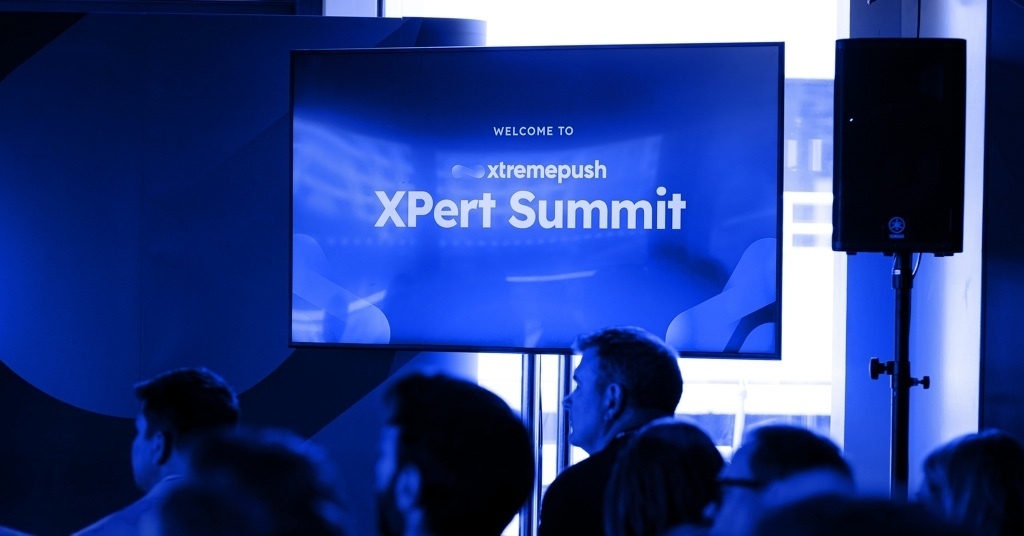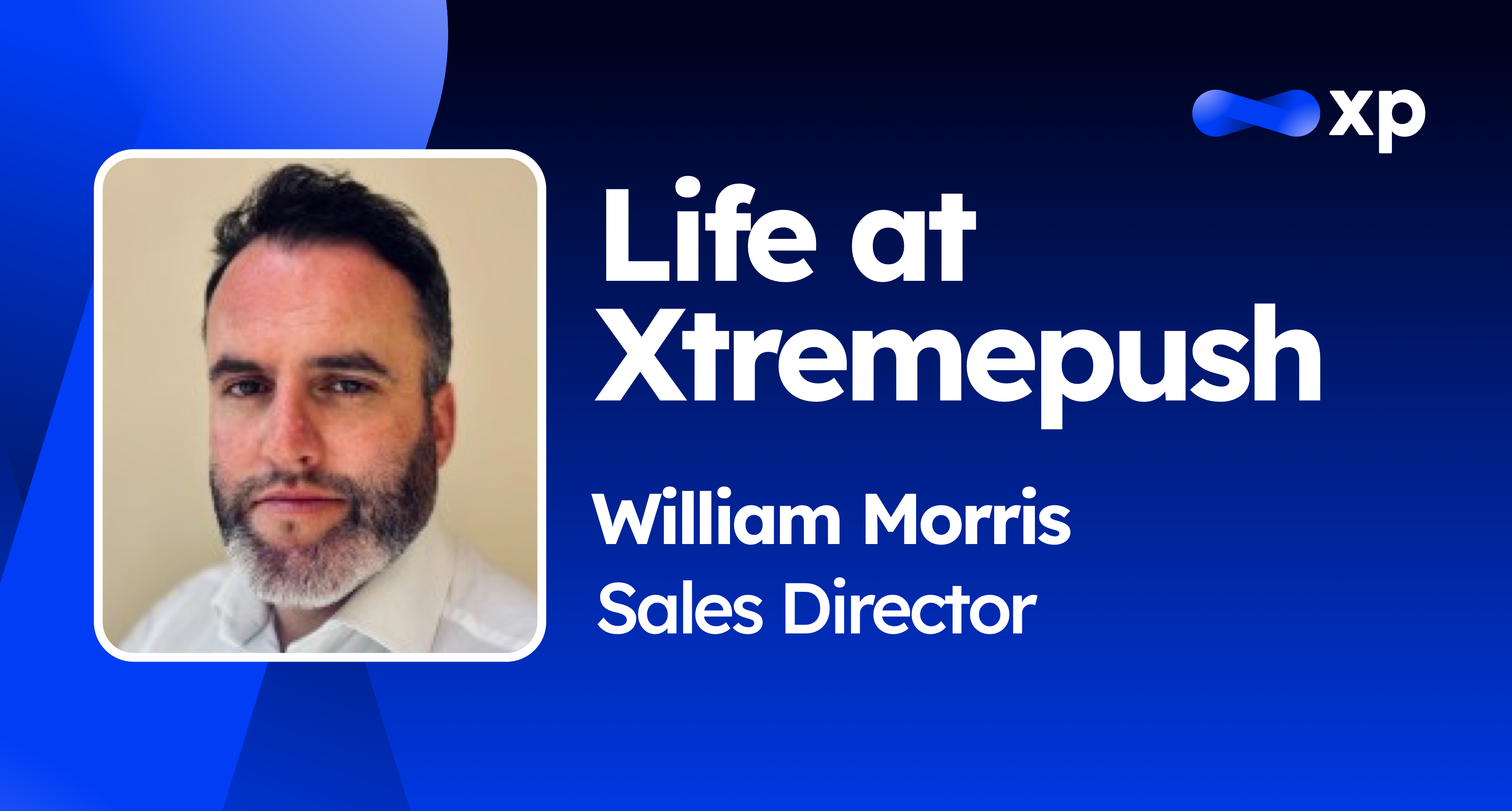Email, SMS or push notifications: which one should you prioritise?
It could be seen as a battle of the old guard (SMS and email) versus the relative new-comers (web browser and app push notifications), but there’s more to it than that.
The reality is that the original players in mobile communications and digital engagement aren’t going anywhere, and they certainly haven’t been forgotten about.
SMS is enjoying something of a resurgence lately. As the competition to attract attention online intensifies, fueled by more and more emails and push notifications, it stands alone in the digital marketer’s armoury- the best way, hands down, to reach customers during those all too brief moments when they are offline.
So if you thought that SMS was on a hiding to nothing in this article, think again.
Push Notifications
Firstly, let me correct myself. In the opening paragraph, I called push notifications “new-comers”, albeit with a little qualifier thrown in.
Let’s be clear though, they have been a prominent feature of marketing campaigns for over 10 years, in some form at least.
There’s enough data on record to know that they work. They occasionally get a bad press, usually because of their misuse (or overuse), but fundamentally they are a welcome springboard back into a brand’s app or website.
If this is a new channel for you, then I recommend that you start with this guide on push notifications. 
PROS
Visibility
Push notifications can be delivered in real time to devices as they are in use. And if a smartphone, for example, is in lock mode when you send one, an icon is prominently displayed alerting the user to its presence. So they are always seen. Not always engaged with, of course, but that’s another matter which we’ll get to.
Rich, dynamic and personalised content
With every advancement in the performance and capabilities of desktop browsers and smart devices comes an improvement in the quality of pushes you can send to them. We’re heading towards the inclusion of video, sound files, gifs and more as standard across the board. For now, marketers must be satisfied with intelligent messages capable of pulling in dynamic content from pretty much any source. It’s an ideal route towards the contextual relevance that we are all looking for in our campaigns.
CONS
Permission-based
I don’t actually see this as a disadvantage, personally, but I know some marketers do. We won’t get into the minute details of the opt-in process here, but suffice to say not every app user or website visitor is immediately push-eligible.
If you want to learn more about persuading users to opt in for push notifications you should check out this guide for web browser and this one for app.
Users who opt-in, we must assume, are interested in hearing more from you. Think of the permission barrier as a way of weeding out disinterested consumers.
Require a service provider
You can’t simply decide on the spot to adopt push notifications and start launching campaigns by yourself. There’s a process first, requiring both the go-ahead from the operating system (Apple, Android, Google etc) and the technical capabilities of a service provider who makes sure the message gets from A to B.
It’s not a particularly difficult set-up, although most of us non-techies will need some assistance, and it’s pretty quick too.
SMS
SMS is built on technology that’s almost three decades old! It’s been a feature of mobile communications for as long as most of us can remember. And it’s here to stay for a while longer. Or at least, a version of it is. RCS (Rich Communications Services) is on the rise and it will bring text messages closer in line with the more advanced channels (in terms of content capabilities).

PROS
Near-perfect open rates
Many of us dream about a zero-email inbox (in other words, no unread messages). I have over 1,500 in my personal inbox (I manage to stay on top of work emails, though!). At this stage, I’ve accepted this mess and I’m not bothered opening the extra ones that are added to the pile every day.
My SMS inbox, however, remains at zero and always will! And that’s true for the vast majority of us. For whatever reason, we open our SMS messages. Brands that send them enjoy open rates higher than 95%.
Check out our guide to increasing the conversion rates of your SMS Marketing camapigns!
Now, this doesn’t necessarily mean we’re going to jump on every offer that’s sent our way, but we will at the very least read them. And this makes it a powerful marketing channel, provided your targeting is on-point.
Simplicity
For now anyway, given the channel’s limited technical capabilities, SMS campaigns are pretty simple to put together. There are no images to debate and the small character limit means you only have enough room to make your point and leave it at that.
When you think about the time spent dissecting and revising every inch of an email before it goes out, SMS messages are a welcome relief for most marketers.
CONS
Not suitable for every campaign
The character limitation swings the other way too. If you need to send anything other than a brief message then SMS is not the right channel.
And because a message is quickly lost in the mix as new ones come in, it’s not an ideal channel for content that a customer might need or want again in the future.
No development of customer relationship
SMS messages are rarely anything else besides functional. It’s not really possible to be creative or to reveal some of your brand’s personality. It’s also not always clear who the sender actually is!
Email marketing is over 40 years old. Let that sink in. The first campaign was sent in 1978.
To be fair, it wasn’t until the mid-90s that it really took off, as more and more of us created our first AOL and Hotmail accounts (remember those?)
For a while there, email was the be-all and end-all. If you weren’t sending at least one email a week, could really even say you were marketing?
Our inboxes are close to the bursting point right now and as a species, we have developed a blindspot for irrelevant emails.
Despite this, the widely-quoted ROI on email ($38 earned for every $1 spent) still holds true, but with some big caveats; consumers expect curated and personalised content. If you are still sending generic blasts then it’s really about time you started segmenting your lists!

PROS
Rich, blank canvas
Service providers are making it easier than ever to create engaging, beautiful emails. You don’t need to know the first thing about HTML or be a graphic designer. And you if you do happen to have one, or both, of those skills then there’s almost no limit to what you can do.
An email is suitable for pretty much everything, from password resets to limited-time offers and product updates.
(No) attachment issues
The humble attachment. So useful, but email is the only channel that allows it. If you want to send your audience a valuable piece of content to download to their desktop or mobile device (like a brochure or an ebook) then it’s got to be through email.
CONS
Competition
You aren’t just jostling with rival brands to get your audience’s attention via email. You’re competing against the world. Greetings from old friends, forwarded videos from family members, bank statements, doctor’s appointments, recommended articles, shopping receipts and on and on; a person’s entire life seems to converge at their email inbox.
Low engagement numbers
And so it follows that marketing emails rarely get opened. Countless guides have been written on how to craft the perfect subject line (with emojis or without?) that will stand out and earn that all-important click.
It’s a tough slog, and that’s once you’ve actually gotten an email address in the first place. Years of unrelenting spam has made us reluctant to hand over our details too freely. If you’re capturing more than 5% of your website visitors email addresses…tell me your secrets!
Still not sure which channel to prioritise?
Talk to us! We can advise you about which channels you should focus on. We have this conversation day in and day out with brands across every vertical, working with them to develop use cases and campaigns that deliver on core business objectives and drive ROI.
About Xtremepush
Xtremepush is the complete digital engagement platform, purpose-built for multichannel marketing. It empowers brands to deliver personalised, relevant and real-time messages across email, web browser, mobile app, SMS and social messengers.
The platform is completely modular and combines enterprise-grade analytics with a full suite of campaign and automation tools. This provides brands with accessible and actionable data, enabling them to unify the silos, create dynamic customer experiences and execute core business goals at speed and scale.












